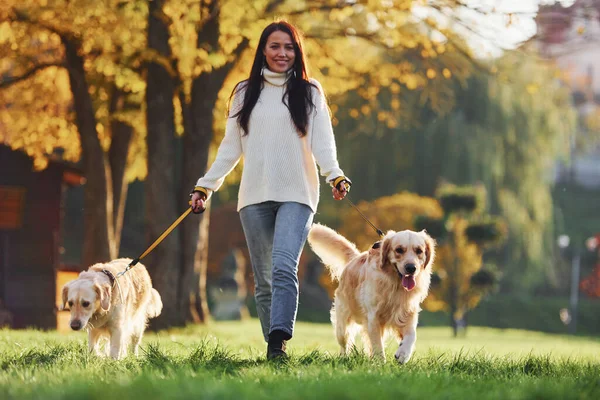What a Walk Means for a Dog
For a dog, a walk is far more than just a daily routine. It’s a crucial activity that fulfills both their physical and psychological needs. Walks provide dogs with the opportunity to explore their environment, engage their senses, and release pent-up energy. The mental stimulation of new smells, sights, and sounds is just as important as the physical exercise. Regular walks also promote socialization, allowing your dog to interact with other dogs and people, which is essential for their emotional well-being.
Exploring While You Relax with Gizbo Casino Online
While dogs benefit from walks, humans also need time to relax and recharge. After a fulfilling walk with your pet, consider some time for yourself. Gizbo Casino Online provides an excellent option for entertainment and leisure. With a wide variety of games available on their platform, Gizbo Casino Online offers a fun and engaging way to unwind. Whether you enjoy classic games or want to try something new, it’s a great way to relax while your dog rests after their walk.

How Long Should You Walk Your Dog Each Day?
The duration and frequency of walks depend on your dog’s breed, age, and health. Most dogs require at least 30 minutes to an hour of physical activity each day, though some high-energy breeds may need more. A good rule of thumb is to tailor the walk to your dog’s needs, paying attention to their behavior and energy levels. Regular walks can help prevent behavioral issues, as they provide a positive outlet for your dog’s energy and curiosity. In addition to physical exercise, walks strengthen the bond between you and your dog, making them an essential part of a healthy, balanced lifestyle.
When planning walks during colder months, it’s important to consider both your dog’s comfort and safety. Here’s how to choose the best time for a walk in the cold and recognize signs of fatigue in your dog:
Choosing the Right Time for a Walk in Cold Weather
- Avoid the Coldest Times of Day: Early mornings and late evenings tend to be the coldest parts of the day. Aim for mid-morning or early afternoon walks when the sun is out and temperatures are a bit warmer.
- Check the Weather Conditions: Wind chill, snow, and icy conditions can make a big difference in how cold it feels. If possible, choose a day with less wind and clear skies for a more comfortable walk.
- Shorten Walks if Necessary: If it’s particularly cold, it’s okay to reduce the length of your walk and compensate with indoor activities like puzzle toys or games of fetch to keep your dog stimulated.
- Use Proper Gear: If your dog is sensitive to the cold or has short fur, consider using a coat or sweater to keep them warm. Protect their paws with boots or paw balm to prevent cracking from ice and snow.

How to Tell If Your Dog Is Cold or Tired
- Shivering or Lifting Paws: If your dog begins to shiver or lift their paws while walking, it may be a sign that they’re too cold and need to head indoors.
- Slower Pace: A dog that is slowing down, lagging behind, or seems hesitant to keep moving may be feeling fatigued or cold. This is a good indicator that it’s time to wrap up the walk.
- Excessive Panting: Even in cold weather, dogs may pant when they are tired. If your dog starts panting heavily or seems short of breath, it’s a sign they’re exerting themselves too much.
- Refusal to Continue: If your dog stops or lies down, it’s a clear signal they need a break. Dogs will let you know when they’re exhausted, so always pay attention to their behavior.



